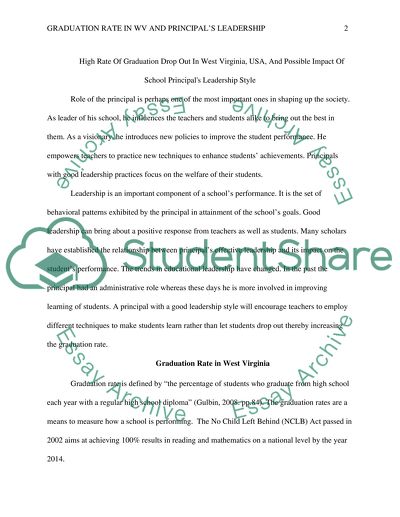Cite this document
(“Graduation Rate in WV and Principal's Leadership Dissertation”, n.d.)
Retrieved from https://studentshare.org/education/1443276-this-study-will-examine-if-there-is-a-relationship
Retrieved from https://studentshare.org/education/1443276-this-study-will-examine-if-there-is-a-relationship
(Graduation Rate in WV and Principal'S Leadership Dissertation)
https://studentshare.org/education/1443276-this-study-will-examine-if-there-is-a-relationship.
https://studentshare.org/education/1443276-this-study-will-examine-if-there-is-a-relationship.
“Graduation Rate in WV and Principal'S Leadership Dissertation”, n.d. https://studentshare.org/education/1443276-this-study-will-examine-if-there-is-a-relationship.


